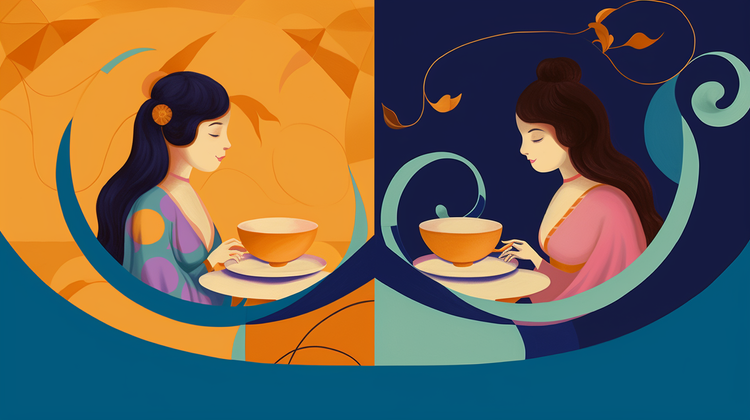Tea 201 - Terminology - Common Tea Words
At this point, you should have a good grasp on the idea of tea… now we should take a few moments to give you a bank of words. This should help you in speaking the language of tea.


At this point, you should have a good grasp on the idea of tea… now we should take a few moments to give you a bank of words. This should help you in speaking the language of tea:
- Antioxidant: a compound that slows the process of oxidation.
- Assam: A major tea-growing region in India.
- Astringency: A bite (or bitter taste) caused by some teas.
- Autumnal: Tea created later in the season, like Darjeeling.
- Bergamot: Citrus oil from the Bergamot orange used in Earl Grey.
- Black Tea: Fully oxidized Camellia sinensis plant.
- Blend: Method that allows for consistency among teas.
- Body: Term used to denote the strength of a brewed tea.
- Brick Tea: Tea that has been steamed and compressed into bricks, like Pu-erh.
- Caffeine: An alkaloid that serves as a stimulant and diuretic in the Central Nervous System.
- Catechins: Polyphenols found in tea that also act as antioxidants.
- Cha: Romanized spelling of Japanese/Chinese character for tea.
- Chai: The word for tea on the Indian subcontinent.
- Chesty: A term that denotes the odor absorbed by tea from the wood of a traditional storage chest.
- CTC: Acronym for Cut, Tear, and Curl – a machine process that allows for complete oxidation.
- Darjeeling Tea: Tea grown in the Darjeeling hills of India.
- Fannings: Small particles of tea used in tea bags.
- Fermentation: Oxidation.
- Firing: The process where teas are dried to stop any further enzymic changes.
- Flush: Refers to the four separate plucking seasons throughout the year.
- Genmaicha: Green tea blended with roasted rice.
- Gong fu: These words mean skill and patience. It is a style of brewing tea.
- Gunpowder: Green tea rolled into tight pellets.
- Guywan: A traditional Chinese lidded tea cup that also has a saucer.
- Pekoe: A term that describes the largest leaves used to produce tea.
- Plucking: The process of harvesting and collecting tea.
- Polyphenols: Antioxidant compounds found in tea.
- Rolling: The process where withered leaves are rolled to initiate enzymic oxidation.
- Tippy: Term that denotes tea with white or golden tips.
- Winey: Mellow quality, characteristic of Keemun teas that have been aged between six months to a year.
- Withering: Operation that removes water from the tea plants.
- Yixing: A region of China noted for its purple clay, which is used to produce the distinctive unglazed teapots used for Gong Fu style brewing.
This is a nice and quick reference guide into the language of tea. Was this helpful?






Member discussion